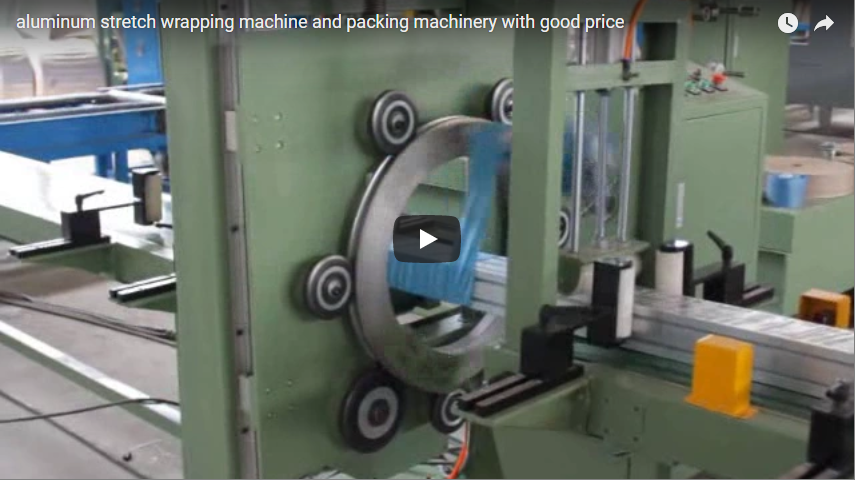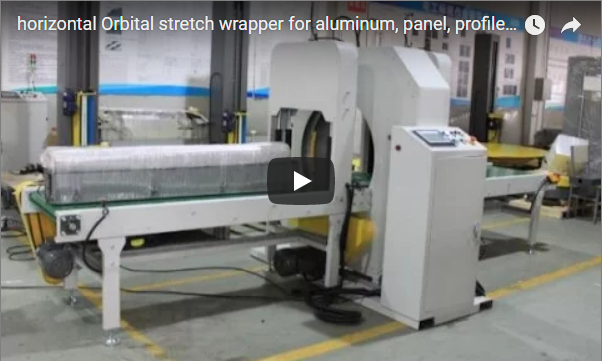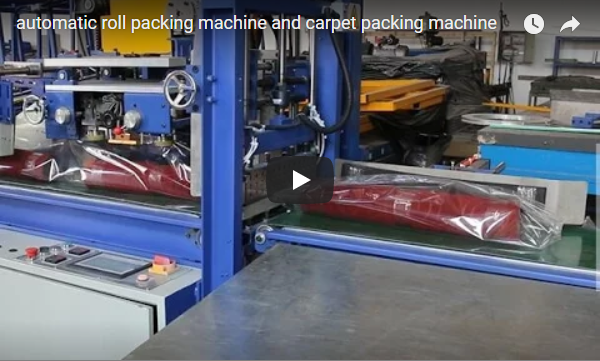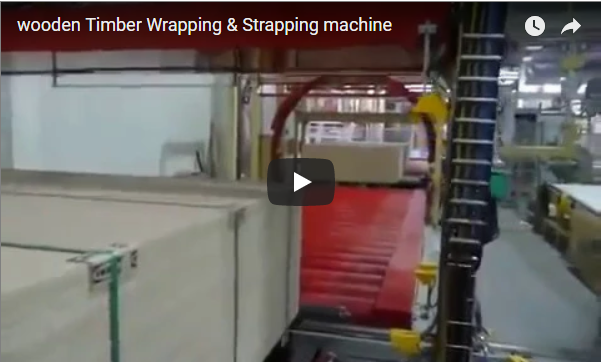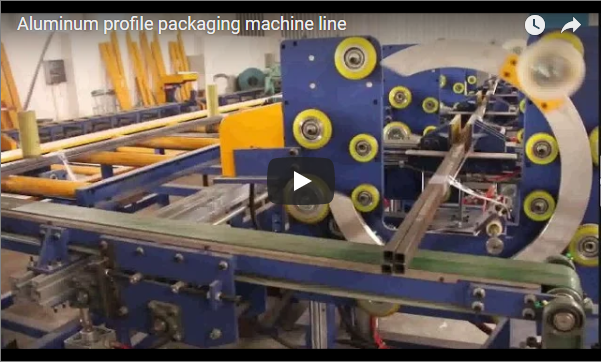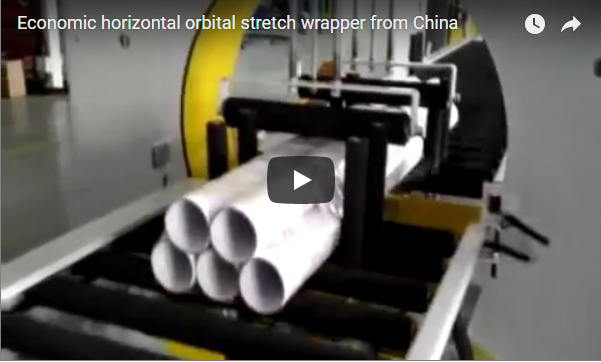Enhancing Packaging Automation: A Technical Look at the Automatic Tape Banding Machine
Automated packaging solutions are fundamental to streamlining operations in modern manufacturing and logistics, crucial for enhancing throughput, reducing operational costs, and maintaining product integrity during handling and transit. Among the key technologies facilitating these advancements is the Automatic Tape Banding Machine. This equipment offers a high-speed, precise, and reliable method for securing products or bundles using adhesive or heat-sealable tape, proving indispensable across various industries, including those handling delicate or dimensionally variable items. Companies like Fhope Packaging Technology specialize in developing such automated banding solutions, tailoring them to specific industry needs.
1. Operating Principle and Core Banding Technology
The fundamental operation of an automatic tape banding machine involves a sequence of precisely controlled actions to apply a band of tape around a product or bundle:
- Tape Feed: The machine automatically feeds the required length of banding tape (typically PP, PET, or paper-based) from a supply roll into the arch guide surrounding the product pathway.
- Arch Guidance: The tape is guided around the product via a specifically sized arch structure. Arch dimensions are critical and often customized to accommodate the target product dimensions efficiently.
- Tensioning: Once the product is positioned (either manually or via conveyor), the machine tensions the tape around the item to a pre-set force. Advanced systems utilize electronic servo-driven tension control for high precision, crucial for preventing damage to sensitive products. Tension levels are typically adjustable via the HMI.
- Sealing: The overlapping ends of the tape are securely joined. Common methods include:
- Heat Sealing (Thermo-Seal): Utilizes controlled heat and pressure to fuse thermoplastic tapes (like PP).
- Ultrasonic Sealing: Employs high-frequency vibrations to generate localized heat, creating a strong molecular bond, often preferred for its speed and energy efficiency.
- Cutting: After sealing, an integrated cutting mechanism cleanly trims the tape from the supply roll.
- Tape Ejection/Reset: The machine ejects the remaining tape end and resets for the next cycle.
2. Key Components and Design Engineering
The reliability and performance of an automatic tape banding machine hinge on the design and quality of its core components:
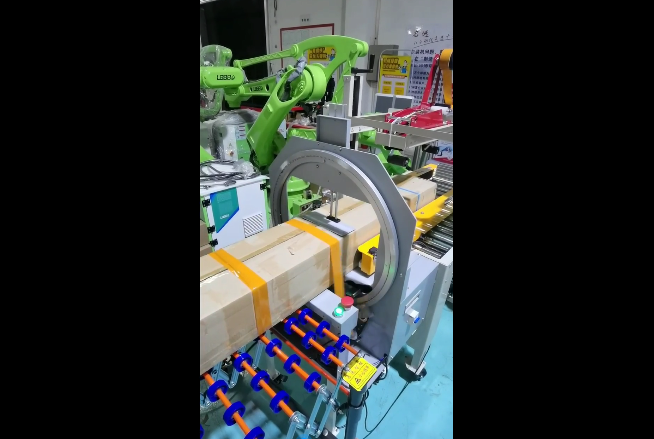
- Frame and Arch Structure: Provides the structural integrity. The arch, often made from durable alloys or stainless steel, guides the tape accurately around the product bundle. Its size dictates the maximum bundle dimensions.
- Tape Dispenser and Accumulator: Holds the tape roll and often includes an accumulator or dancer arm system to ensure smooth, consistent tape feeding and buffer speed variations.
- Feeding Mechanism: Precision rollers and guides transport the tape without buckling or jamming. Sensors often monitor tape presence and movement.
- Tensioning Unit: Incorporates motors (often servo or stepper motors) and mechanisms to apply controlled force to the tape. Load cells or electronic feedback loops ensure consistent tension application.
- Sealing Head: Contains the heating element or ultrasonic sonotrode and anvil required to create the seal. Design focuses on consistent temperature/energy delivery and durability.
- Cutting Blade: A hardened steel blade for precise and clean tape cutting.
- Control System (PLC & HMI): A Programmable Logic Controller (PLC) manages the machine's operational sequence, timing, sensor inputs, and motor controls. A Human-Machine Interface (HMI), typically a touchscreen panel, allows operators to set parameters (tension, seal time/temperature, bundle size recipes), monitor status, and perform diagnostics.
3. Technical Specifications Overview
While specifications vary significantly based on model and application requirements, typical parameters for industrial automatic tape banders include:
- Applicable Tape Materials: Polypropylene (PP), Polyethylene Terephthalate (PET), Paper Tape (coated for sealing)
- Tape Width Range: Typically 5 mm – 30 mm (wider options may be available for heavy-duty applications)
- Tape Thickness: Varies by material, e.g., 50 µm – 150 µm for PP tapes
- Tension Control: Electronically adjustable via HMI
- Tension Range: Common ranges are 5 N – 80 N (lower for delicate items, higher for load stability)
- Sealing Method: Heat Seal (Thermo-Seal) or Ultrasonic Seal
- Cycle Speed: Up to 25-40 cycles per minute (dependent on arch size, product feeding, and tension settings)
- Arch Dimensions: Standard sizes available, but often customized to specific maximum product L x W x H
- Control System: PLC with Touchscreen HMI (multiple languages, recipe storage)
- Power Requirements: Typically 220V/380V, 50/60Hz, 1-Phase or 3-Phase, ~1-2 kW consumption
- Air Requirements: Some models may require compressed air for specific functions (e.g., pneumatic actuation).
4. Applications and Industry Versatility
Automatic tape banding finds application across numerous sectors due to its gentle handling and clean presentation:
- Printing and Graphics: Bundling brochures, flyers, labels, banknotes.
- Food and Beverage: Securing multi-packs, trays, or delicate produce.
- Pharmaceuticals and Cosmetics: Banding boxes, blister packs, and vials.
- E-commerce and Logistics: Bundling items for order fulfillment, securing small parcels.
- Manufacturing: Unitizing small components, securing instruction manuals to products.
- Construction Materials: Specific applications like banding stacks of gypsum plasterboard, where edge protection and stable unitization are critical. Machines designed for this often feature larger arches and robust tensioning suitable for heavier loads.
5. Advantages in Automated Production Environments
Integrating automatic tape banding into packaging lines delivers significant operational benefits:
- Increased Throughput: Substantially faster than manual banding or strapping methods.
- Consistent Quality: Ensures every bundle is secured with uniform tension and seal integrity, enhancing load stability and visual appeal.
- Reduced Labor Costs: Frees up manual labor for more complex tasks, reducing direct labor expenses and ergonomic risks.
- Material Efficiency: Banding typically uses less material than full wrapping methods, potentially lowering consumable costs. Printed tape options also allow for branding or variable data application directly on the band.
- Product Protection: Adjustable, lower tension compared to steel/PET strapping minimizes damage to product edges and surfaces, vital for sensitive goods.
- System Integration: Easily integrated with upstream and downstream equipment like conveyors, stackers, case packers, and horizontal wrapping machines.
6. Integration and Operational Considerations
Modern tape banders are designed for seamless integration:
- Connectivity: Often equipped with standard communication protocols (e.g., Ethernet/IP, Profinet) for integration into plant-wide control systems.
- Automation Compatibility: Can receive signals from upstream sensors or PLCs to initiate cycles and provide feedback on status (e.g., cycle complete, fault).
- Flexibility: Parameter adjustments via HMI allow quick changeovers for different product sizes or banding requirements. Some models offer automatic adjustments based on product sensing.
7. User Experience and Maintenance Aspects
Operator interaction and maintainability are key design considerations:
- Ease of Use: Intuitive HMI simplifies setup, operation, and troubleshooting. Tool-less or quick-change tape roll holders minimize downtime.
- Reliability: Robust construction and high-quality components minimize failures. Features like automatic tape threading or jam detection enhance uptime.
- Maintenance: Designed for accessibility to key components for routine cleaning, inspection, and replacement of wear parts like cutting blades or heating elements. Preventive maintenance schedules are typically recommended.
Conclusion: A Strategic Element in Packaging Efficiency
The Automatic Tape Banding Machine stands as a sophisticated piece of engineered equipment, delivering measurable improvements in packaging line speed, consistency, cost-effectiveness, and product presentation. Its precision control, particularly in tension application, makes it ideal for a vast range of products, including damage-sensitive items. As industries continue to push for higher levels of automation and efficiency, advanced tape banding technology offers a compelling solution for optimizing end-of-line packaging processes.
For further information on tailored automatic tape banding solutions:
info@fhopepack.com

